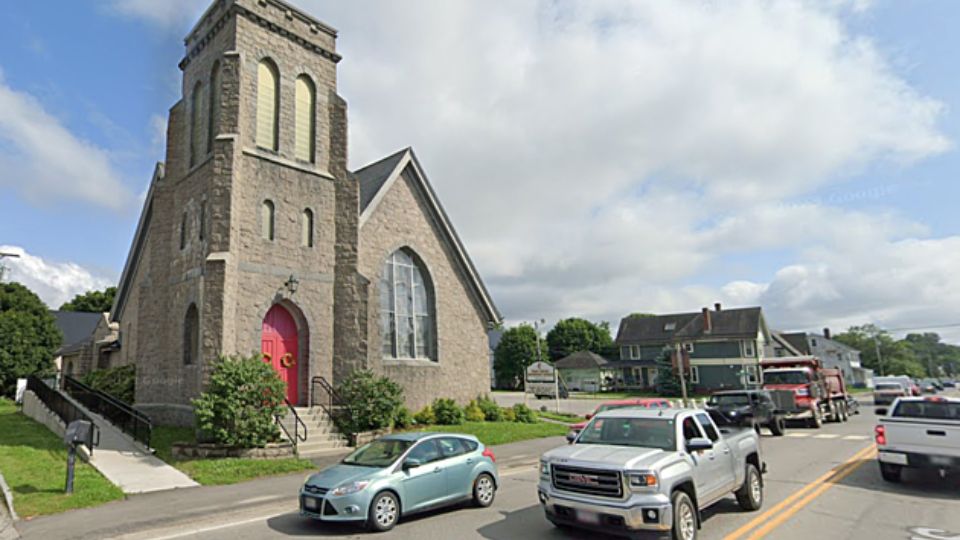Everyone wants to be good at something. Cities and towns really don’t want to be considered the worst in a state. However, depending on the type of criteria used and the results of the calculations, there is a harsh reality that can come knocking at your door.
Wall Street 24/7 published a special report that provides information about the worst cities to live in across the country. They traveled through each state, using a unique set of data points. They included:
- Median Home Value
- Median Household Income
- Poverty Rate
- Drug-induced Mortality
Most people find the latest two data points to be uncomfortable topics, regardless of which state they are in. When all of those pieces of information were put together, it resulted in an interesting finding: the city of Brewer, Maine, was declared as the worst in the state.
Many parts of Maine have experienced a significant increase in the average value of homes in recent years. However, Brewer has only seen small gains in comparison. The typical home value in Brewer is $172,800, while the typical home value in all of Maine is $212,100. The median household income in Brewer is a topic that causes disagreement among people. The average income for the state is $63,182, but in Brewer, the median household income is only $50,614.
However, Brewer’s inclusion on this list by 24/7 Wall St is due to its high poverty rate and drug-induced mortality rate. The percentage of people living in poverty in Brewer is 15.5%. The percentage is 4.5% higher than the average percentage for the state, which is 11%. In Brewer, the rate of deaths caused by drugs is 52.2 per 100,000 people. That number is much higher than the average number of deaths per 100,000 people in the state, which is 37.7.
Also Read: Mind These US Cities With the Worst Drivers If You Think Yourself a Skilled Driver
Safest Places in Maine
Eliot
Eliot is a small town located on the border of Maine and New Hampshire. Considering the small population of just over 7,000 people, one would anticipate a low crime rate. In 2022, Eliot noticed that the rate of violent crime had decreased significantly. In addition, property crime also decreased in 2022, making it the safest city in Maine overall.
Cape Elizabeth
Cape Elizabeth is famous for its stunning views and iconic lighthouse. It is also renowned for being one of the safest places to live in Maine. The statistics convey the same information. In the past three years (2021, 2022, 2023), Cape Elizabeth has experienced an average of 1 violent crime incident for every 1,000 residents. In 2021, there was a significant increase in property crimes in Cape. However, in 2022, there was a significant decrease, making it the second safest town in Maine.
Falmouth
Falmouth’s median income decreased from $121,000 per year to $104,000 in the past year. However, this decrease in income was accompanied by a decrease in the crime rate as well. Falmouth has consistently been one of the safest towns in Maine, thanks to the presence of large wallets that help keep crime rates low. There have been very few violent crimes, with an average of 0.3 per 1,000 residents over the past 3 years. The rate of property crimes decreased significantly in 2022, going from 6.2 to 5.4 per 1,000 residents.
Hampden
Hampden is a cozy town located just outside of Bangor, one of the largest cities in Maine. Hampden, a town with a population of approximately 7,500 people, has an impressive median income of $88,000 per year. The town’s crime statistics are also unclear. Hampden was one of only two towns on this list that did not have any reported violent crimes in 2022. However, when it comes to property crime, things are different. The number of property crimes in Hampden has increased in the past few years. On average, there have been 6.5 property crimes per 1,000 residents for the last three years in a row.



Leave a Reply